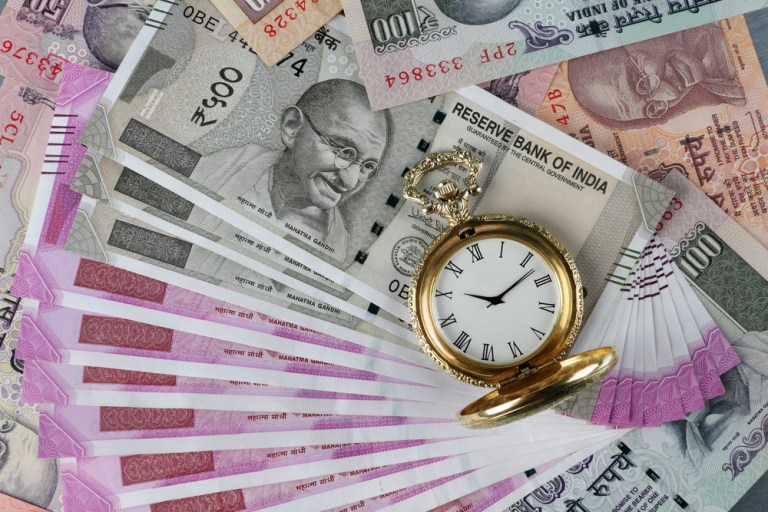
PSD2 opened the floodgates for open banking across Europe and the U.K. While the U.S. hasn’t had such regulatory pressure, signs that banks are opening up their data to third-party FinTechs are beginning to emerge, a trend partially attributed to competitive market pressures — and similar signs are popping up in Canada too.
Some experts say it’s because financial institutions are realizing open banking can be beneficial.
“The initial reaction [to data sharing] was a negative, knee-jerk reaction that, ‘This is our proprietary data that we collected, and now we’re being asked to share it — that’s a negative for us,’” said Izabella Gabowicz, COO of expense management company Sensibill, in an earlier interview with PYMNTS. “Initially, it was seen as a bad thing. But what’s happening is they’re starting to come around.”
Other financial services markets around the globe are looking toward Europe to see how the open banking revolution plays out. Now, analysts at GlobalData say India could be next.
The company published its “Retail Banking, Customer Insights Survey,” in which analysts agreed India is making a clear push to stir up competition in the banking market. Among those efforts: the introduction of the unified payment interface (UPI), a way to streamline payments across channels and promote cashless payments (not to mention India’s demonetization efforts).
These initiatives, GlobalData concluded, have set up India’s market for a potential disruption from open banking by promoting digitization, not only of payments, but of data.
Already, government officials are taking steps to introduce the trend after it implemented a set of application programming interfaces (APIs) — IndiaStack — in 2016 and launched the Bharat Interface for Money to accept payments from any bank.
India also introduced Aadhaar, a program to provide Indian individuals with a 12-digit ID code based on location and biometric data. Analysts said an estimated 270 million bank accounts were opened using the Aadhaar payment app, meaning more transacting and banking is being done outside the traditional ecosystem.
But GlobalData Digital Banking Analyst Stephen Walker also highlighted the challenges facing India’s financial services market, especially when it comes to regulatory strategy.
“As more banking happens outside of proprietary banking apps, authorities most continually recalibrate regulatory policies and frame risk-based thresholds for new entrants to keep cybersecurity vulnerabilities in check and maintain consumer confidence,” he said in a statement.
Indeed, the Aadhaar initiative is an example of how India’s financial innovation initiatives may open the system up to new cyber vulnerabilities while simultaneously laying the groundwork for open banking.
Earlier this year, Reetika Khera, an economist at the Institute of Technology, Delhi, told The New York Times the program has created “new problems, including … exposing people’s personal data to theft or predation by the private sector.”
According to GlobalData’s Walker, India’s use of the APIs in IndiaStack is a work in progress that offers officials an opportunity to address cybersecurity issues as it progresses on a path toward open banking.
“The APIs available through IndiaStack are at various stages of maturity,” he said. “Some are still being refined, and not all have been subject to nationwide education and awareness campaigns. The authorities should consider the Competition and Markets Authority-type approach as in the U.K. to strengthen open banking led by the top eight banks and/or FinTech firms by market share,” he continued.
Walker also advised India’s traditional banking community to forge close ties with third-party FinTechs and FinServ vendors to co-create digital solutions and infrastructures.
“They will have to tap into the available consumer data to plan new products, services and business models,” the executive said. “After all, innovative and infrastructure-like business models are now more possible in India than anywhere else in the world.”